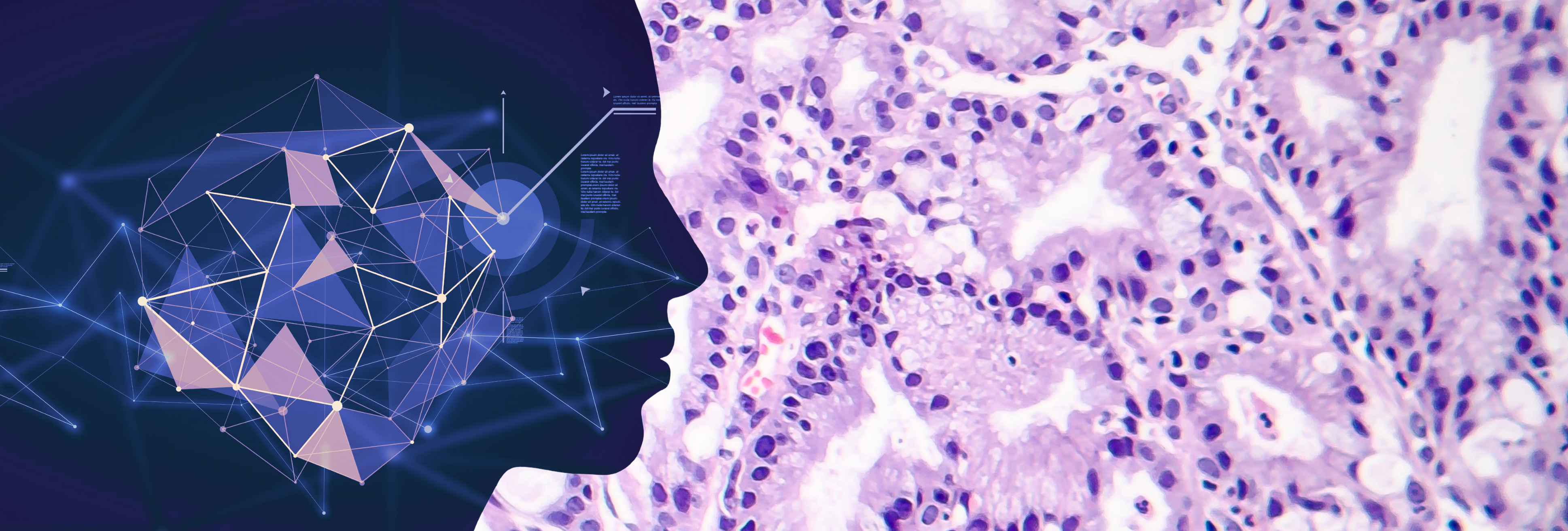Histology is more than what meets the eye; it’s a complex language. Now, artificial intelligence is beginning to understand its syntax.
In modern cancer diagnostics, histopathology remains one of the most vital tools. But what appears as stained tissue under the microscope is not just an image, it’s a language. Each structure, shade, and spatial relationship conveys information. Together, they form a system of signs that trained pathologists interpret with years of experience.
Until recently, AI has operated as a visual analyst, trained to recognize patterns in pixel arrangements. But recognizing isn’t the same as understanding.
The next frontier in medical AI lies not in simply seeing, but in reading histology, much like a language, with its own rules, context, and subtle dialects.
From Visual Recognition to Semantic Interpretation
AI systems begin by learning from thousands of annotated slides, identifying common structures, distinguishing between healthy and malignant regions, and flagging abnormalities. But this foundational training is similar to memorizing vocabulary in a new language. It’s only a start.
As models mature, they must begin to interpret meaning:
-
How does the shape of a gland relate to tumor progression?
-
What does the density of immune cells say about patient response?
-
Can certain tissue architectures predict genomic alterations?
To answer these questions, AI must go beyond surface features. It must link visual form with biological function.
Learning Across Modalities
This process becomes possible when histological data is combined with molecular profiles, such as transcriptomics or genomic sequencing. By correlating what is seen on the slide with what is happening at the molecular level, AI systems gain a deeper frame of reference.
They begin to learn not just what cancer looks like, but what it means biologically. With every layer of multimodal input, the AI refines its understanding of the histological dialect, gaining the capacity to differentiate between visual similarities with very different implications.
A Gradual, Layered Learning Process
AI’s ability to learn the dialect of histology is not instant or absolute. Like human expertise, it develops over time through exposure, correction, and context.
The trajectory moves from:
-
Visual identification of cells and features
-
Pattern differentiation between diagnostic classes
-
Contextual reasoning across tissue zones
-
Biological inference, informed by molecular and spatial data
Each step builds on the last, thereby moving AI closer to functional fluency in a language that was once exclusively human.
A New Era in Diagnostic Insight
As this learning process evolves, the role of AI in histopathology is shifting from tool to collaborator. It offers not just detection, but interpretation. Not just answers, but the reasoning behind them.
Histology, long considered a visual domain, is revealing itself as a structured, interpretable language. And now, with the right input and iterative training, AI is beginning to speak it.

